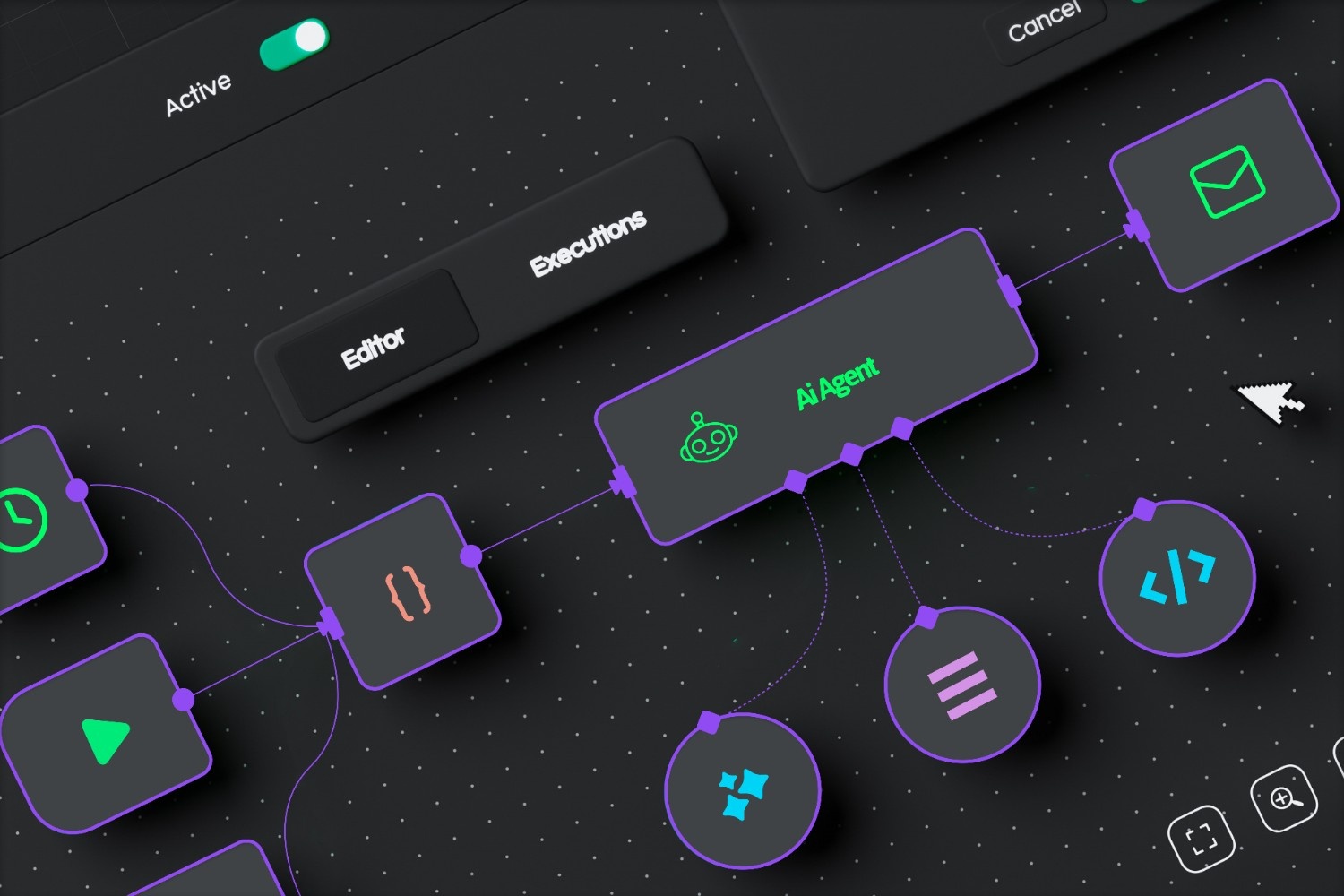
The conversation around AI in media is shifting. We’ve moved past the novelty of generated metadata and automated transcode jobs. The industry’s leading players are now asking a more profound question: Can we stop building workflows that we manage, and start building workflows that manage themselves?
This isn’t about incremental efficiency. It’s about a fundamental shift in operational strategy. It’s the move from task-based automation to goal-based autonomy, poised to redefine how content is managed, monetised, and valued.
The Agentic Imperative: From Checklist to Strategic KPIs
Traditional MAM and orchestration are rules-based. If this file lands, then transcode it. It’s powerful, but rigid. It waits for instructions.
A well-trained Agentic AI is goal-based. It is given an objective, resources and the authority to determine how best to achieve it. Think of it as the difference between giving an operations technician a specific checklist and assigning a seasoned operations manager a clear KPI: “Maximise the quality and efficiency of our content preparation pipeline and recommend best practise using Six Sigma principles.”
This manager does not just follow steps; they assess, make informed decisions, and act within operational constraints. They interpret the goal in context, with human oversight as needed. This is the promise of agentic systems: once trained they bring contextual understanding and proactive decision-making to the media supply chain.
Grounded in Reality: The Path to Autonomous Workflows
So, what does this look like in practice? Here are scenarios that are moving from concept to real-world application, grounded in today’s technology.
1. The Self-Optimising Supply Chain
Imagine a workflow that learns from its own performance data. An agentic system analyses the entire pipeline, not just individual tasks. For example, it might identify that certain types of source files, such as high-action sports with complex motion, consistently require a different encoding profile to pass AQC on the first attempt. Rather than creating a bottleneck, the system can automatically apply the optimal profile based on the content’s characteristics, improving efficiency and quality over time. The workflow moves beyond static rules, adapting dynamically to recurring patterns and content features.
2. Proactive Content Valuation & Rights Monetisation
Today, monetising dormant library content is a time-consuming manual process. An AI agent can continuously audit assets, with a goal such as: “Identify all library assets that will become rights-available in Germany in the next quarter.”
The agent can analyse the rights management system, cross-reference assets with historical performance data, and package relevant clips and metadata for the sales or acquisitions team to review. This does not replace human decision-making; it enhances it, turning what was once a quarterly task into a constant, automated lead-generation process.
3. Dynamic, Compliance-Aware Distribution
Global distribution is complex and prime for agentic assistance. Rather than manually configuring every delivery, you instruct an agent: “Prepare our reality catalogue for YouTube distribution in LATAM, flagging potential compliance issues.”
The agents can then: check rights territories against contract databases; identify shows and scenes that may require edits based on local regulations, flagging them for human review; generate region-specific metadata; and locate (or prepare a pre-order) the correct subtitle and dub files. It handles the logistical and compliance complexity, allowing your team to focus on strategic approvals and exceptions.
4. Predictive Workflow Scaling
An agentic system can be configured to look upstream and anticipate upcoming workloads. By integrating with CRM, editorial and scheduling calendars, it can predict spikes in content deliveries and automatically alert managers to provision team overtime or cloud compute resources to manage costs effectively. It helps move operations from a reactive firefight towards a more predictable, smoothly managed workflow.
The Foundation of Autonomy: Orchestration is Everything
These scenarios are not magic. They rely on a foundational layer of intelligent orchestration. The “agents” need a connected environment a platform that seamlessly integrates every system (Rights, Finance, CRM, MAM, QC, Vendor APIs) into a single, coherent ecosystem that agents can operate within efficiently. Without this orchestration layer, even the most intelligent AI is just another siloed tool.
Navigating the Shift
Transitioning to autonomous workflows requires a new mindset. It means focusing less on individual tasks and more on defining clear business outcomes. It means investing in platforms designed for integration and flexibility. Most importantly, it means enabling teams to focus on higher-value strategic decisions rather than routine operational tasks.
The future of media operations is about creating workflows that do not just execute commands, but that think, adapt, and drive value independently.
The question is: is your infrastructure ready to think for itself?
At VIDA, we are building the orchestration layer that makes this future possible. If you are exploring how to implement agentic principles into your media supply chain or would just like to learn more about our vision, we’d welcome the conversation.
Explore the future of intelligent workflows with us. Book a discovery call today.





